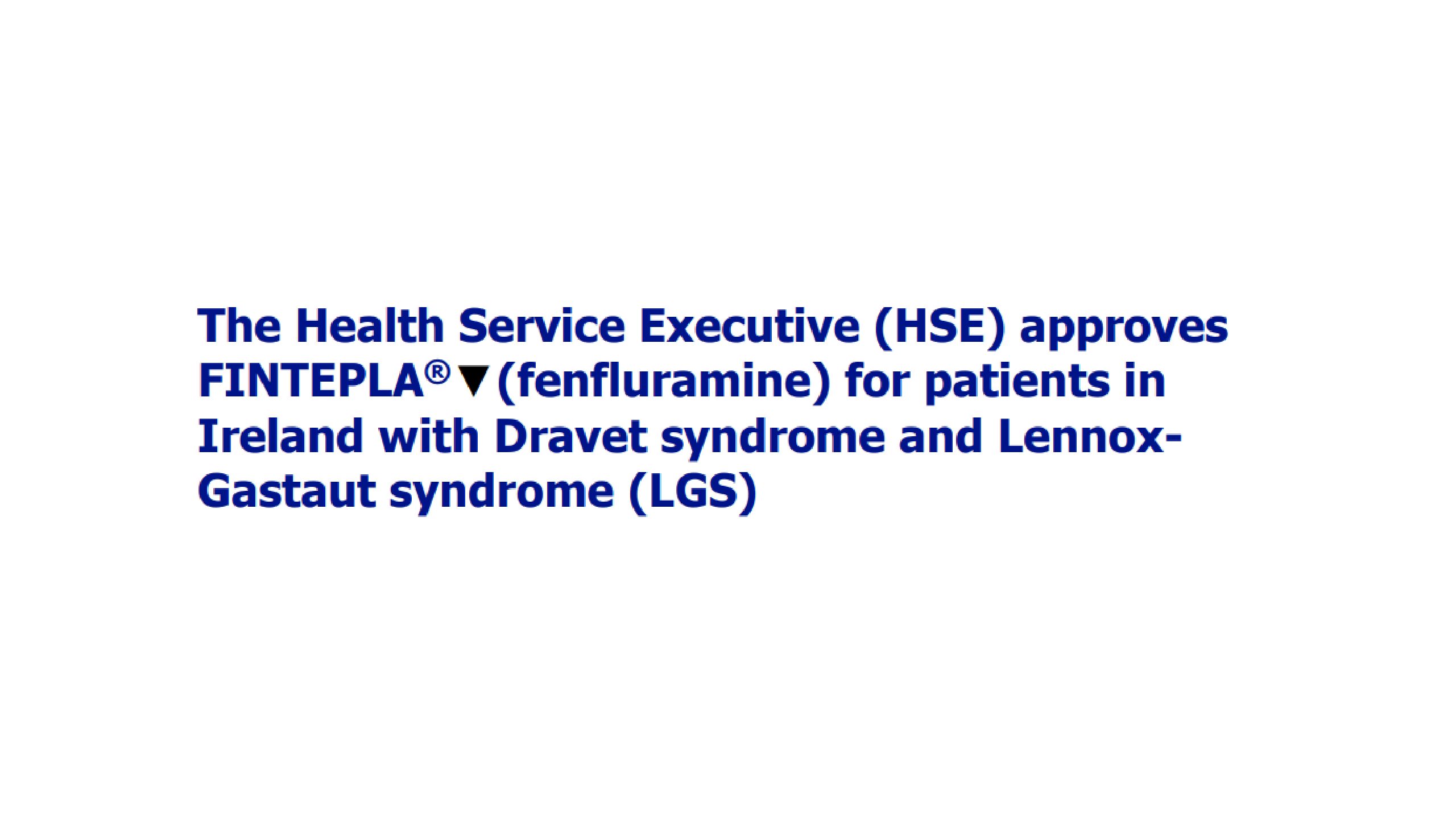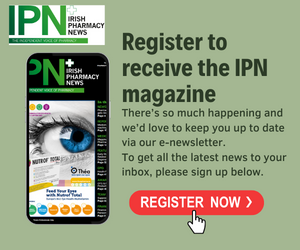Women form the majority of community pharmacy’s customer base, but can more be done to help them navigate the shelves and find the products they need?
Statistics show that women are more likely to use primary care services than men: not only do they visit a GP on average six times per year compared with four visits for men, but they are much more familiar with the inside of a pharmacy, too – an average of 18 visits per year compared with men’s four.
Many women’s health problems are still seen as embarrassing to discuss, and although brands are trying to reduce the embarrassment factor of purchasing items such as incontinence products, it’s vital that pharmacy staff are sensitive, and trained to look for ‘tell-tale’ signs of conditions that women might feel reluctant to talk about.
Creating a ‘Women’s Zone’ in the GSL section of the pharmacy is one-way pharmacies can increase visibility and footfall to women’s health product areas, suggests the brand team for Canesten, increasing visibility and driving sales for products.
New research* from Boots Ireland reveals that over half (51%) of women in Ireland have experienced the symptoms of cystitis or another form of a urinary tract infection (UTI) before. The primary symptoms that prompt women in Ireland to seek medical advice are feeling pain, burning or stinging sensations when urinating (78%), urine containing traces of blood (71%) or needing to urinate frequently and urgently, but only passing small amounts of urine (57%).
Almost 1 in 5 (19%) of the women surveyed claim to develop symptoms of cystitis or a UTI at least twice a year, particularly those aged 18-34 (35%), and while the vast majority of women (90%) are comfortable visiting their GP for the diagnosis and treatment of cystitis or UTI’s, 2 in 5 (40%) have had time off work to attend a medical appointment, which is inconvenient and costly.
Boots Ireland have recently announced the launch of the Velieve Cystitis Test & Treat service – an innovative private service that includes a urine self-testing kit and an app from Healthy.io, which turns a smartphone camera into a clinical grade analyser (compatible smartphone required), to help customers quickly test for a possible urinary tract infection (UTI) from the comfort of their own homes.
Once the urine dipstick test is complete, the test will be reviewed by a healthcare professional and, if appropriate, a prescription for an antibiotic will be issued. Boots Pharmacist, Heather Feeney says, “There is a growing need to use technology to diagnose a variety of medical issues, particularly in light of Covid-19, in order to help reduce some pressure on GPs and the wider health system. Mild cases of cystitis may clear up on their own within a few days, but some cases may need treatment. The introduction of this service shows the enhanced role that community pharmacies can play, while also highlighting the excellent clinical skills our pharmacists can offer to support patients’ health in locations and at times that are convenient to them.”
“Our research revealed that there is a strong appetite for an alternative service to diagnose cystitis or a UTI, with just over 7 in 10 (73%) women aged 18+ showing an interest in attending a pharmacy or using an app. We encourage women who regularly experience cystitis or UTI’s to visit their local Boots or Boots.ie for more information,” continued Feeney.
The Velieve Cystitis Test & Treat service is currently exclusive to Boots amongst retailers and costs ¤35 for the test kit, a review of the test by a medical doctor via the Velieve app and a prescription, if required, and excludes treatment. See Notes to Editor for more information on the customer journey.
Velieve is the second UTI test and-treat service created by Healthy.io and uses a smartphone camera and machine learning to help test for UTIs in just minutes. The company launched its pharmacy first test-and-treat service with Boots in 2019. Healthy.io, established in 2013 by Yonatan Adiri, has pioneered the transformation of the smartphone camera into a medical device.







